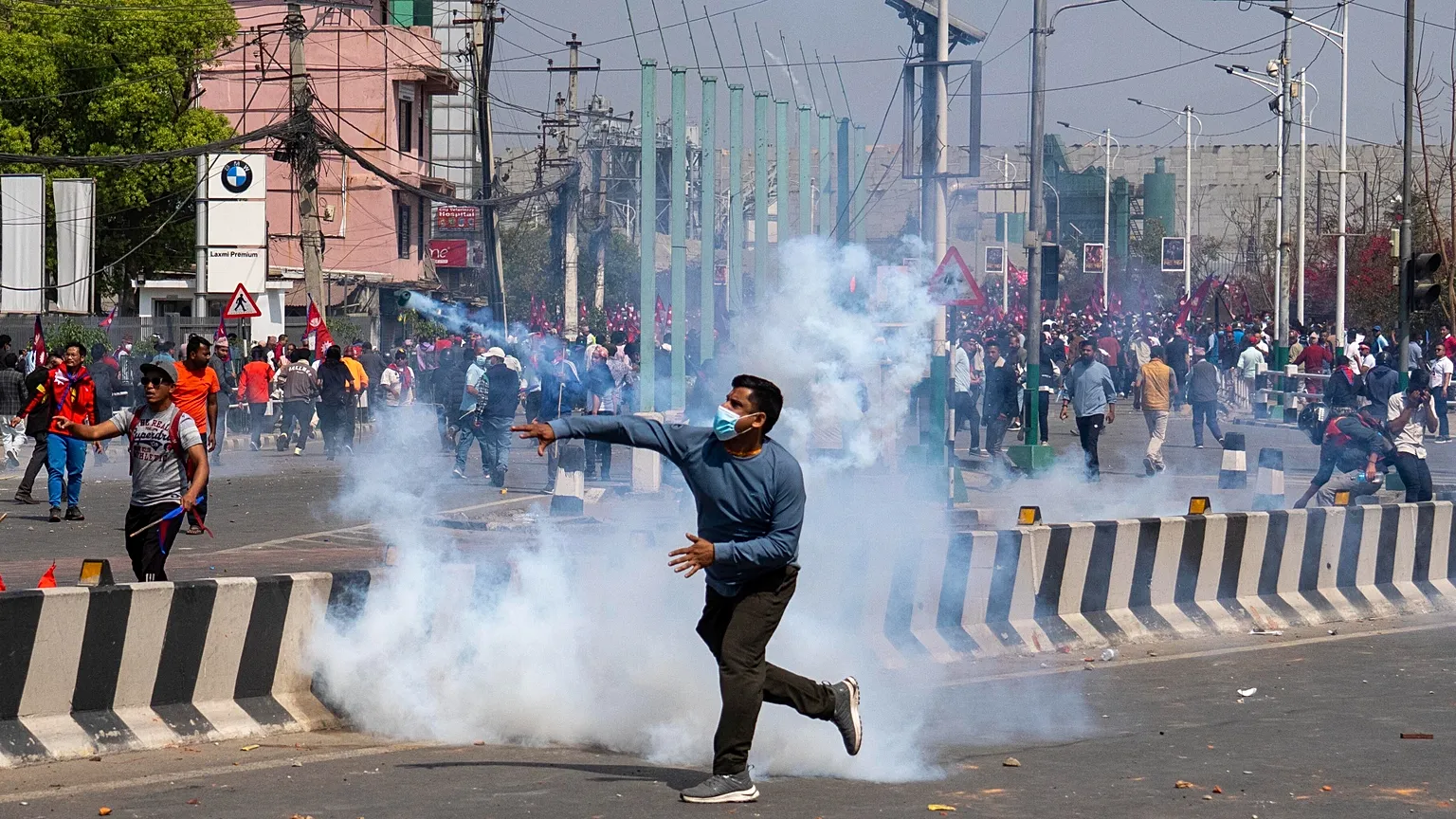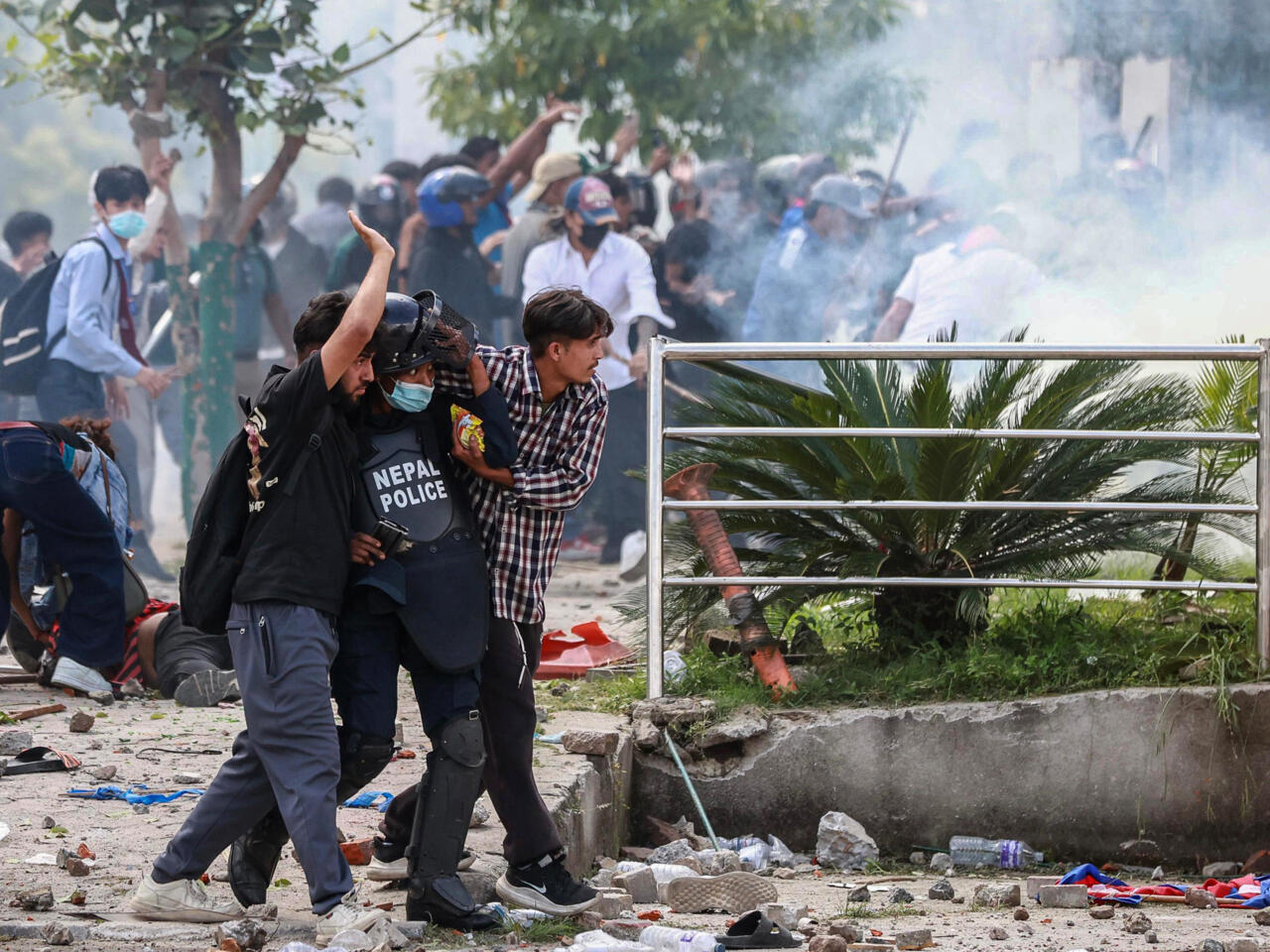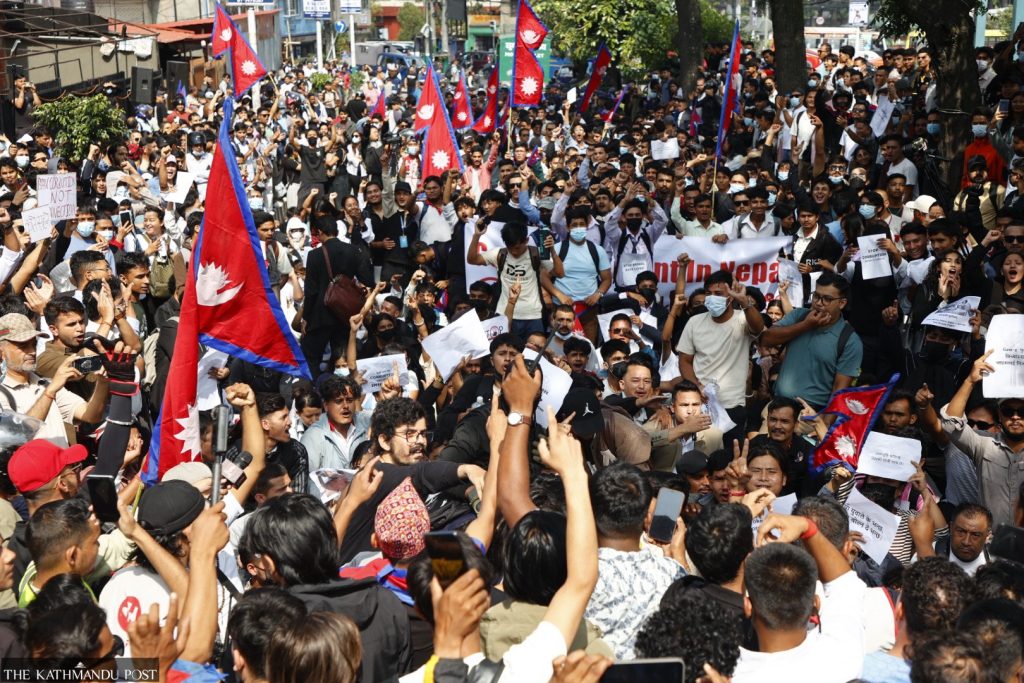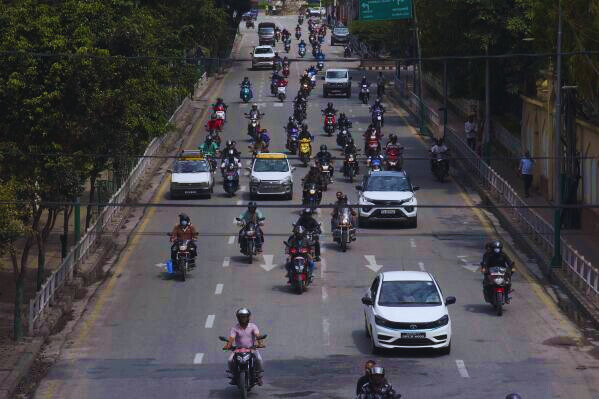The Nepali government recently banned users from utilising widely used social media platforms, including YouTube, Facebook, and WhatsApp. That infuriated a lot of people, particularly young people. They demonstrated against this prohibition as well as the perceived corruption in the government. 19 persons lost their lives during these protests. The administration changed its mind and allowed access to social media again after realising how terrible things had gotten.

What happened: the social media ban and the protests
Nepal’s government said in early September 2025 that it would block about 26 important social media sites, such as Facebook, WhatsApp, Instagram, YouTube, X (formerly Twitter), Reddit, Signal, and Snapchat. The government said that these companies had not filed with them and had not chosen local representatives, which was against the rules that were set in 2023.
The authorities sought to curb internet fraud, hate speech, disinformation, and phoney accounts. But a lot of people believed that this action was an attempt to stifle criticism and restrict free speech.
Widespread protests were sparked by this decision, particularly among Nepal’s younger generation, or “Gen Z.” Long-standing resentment of government corruption, nepotism, and a lack of economic possibilities was sparked by the prohibition.
How protests unfolded and turned tragic
Tens of thousands of people, primarily young, congregated in Kathmandu, Birgunj, Pokhara, and Itahari on September 8, 2025, to demand the lifting of the prohibition and an end to corruption.
Protesters marched towards the Parliament in Kathmandu, some of them wearing college or school uniforms. The army, police, and riot units were among the security personnel that were sent in. The situation descended into violence, with people being dispersed using live ammunition, rubber bullets, water cannons and tear gas. Protesters also tried to enter or entered government facilities in certain locations.Sadly, at least 19 demonstrators lost their lives and over 100—or maybe over 300, according to some reports—were hurt.
Ramesh Lekhak, the Home Minister, resigned after acknowledging his moral culpability for the violence.
To try to restore order in the wake of the disturbance, the government banned protests and meetings in Kathmandu, Lalitpur, and other cities and enforced a curfew.

Government responds: lifting the ban and offering help
Soon after the violent turn of events, the government acted quickly:
- Social media access was restored—the ban on all platforms was withdrawn less than a day after the protests began
- Prime Minister K.P. Sharma Oli expressed sorrow over the loss of life and said the protests had been influenced by “selfish centers.” He announced that the government would help the families of those who died, provide free treatment for the injured, and establish an investigation panel to study what happened and recommend how to prevent it from happening again. The panel will report back within 15 days.
- Several other government officials supported these measures, and the withdrawal of the ban was confirmed by the Communications Minister, Prithvi Subba Gurung, saying, “We have withdrawn the shutdown of the social media. They are working now”
- Compensation was offered for families of the deceased, and medical care would be free for the injured

Why this matters and what comes next
- Government control versus freedom of expression—Many people viewed the prohibition as censorship, but its reversal shows that public outcry, particularly from young people, can bring about change.
- Students and young people who are tech-savvy, socially concerned, and extremely irritated with corruption and restricted possibilities spearheaded the youth-led protests, which were dubbed the “Gen Z protests.”
- Escalation by force backfires—The demonstrators suffered grave repercussions when deadly force was used against them. It transformed a local problem with digital regulations into a human rights emergency.
- Demands accountability the government has taken action by releasing compensation, providing free therapy, resigning a minister, and forming an investigating panel. However, a lot of activists desire more substantial political changes as well as effective measures to combat corruption.
- The democratic future of Nepal—Deeper discontent is reflected in these protests. Many are calling for changes to the nation’s governance, increased accountability, and transparency.
This instance demonstrates the strength of group action, including online protest, and the pressing necessity for open government. In conclusion, below is a restatement and breakdown of the condensed headline.

